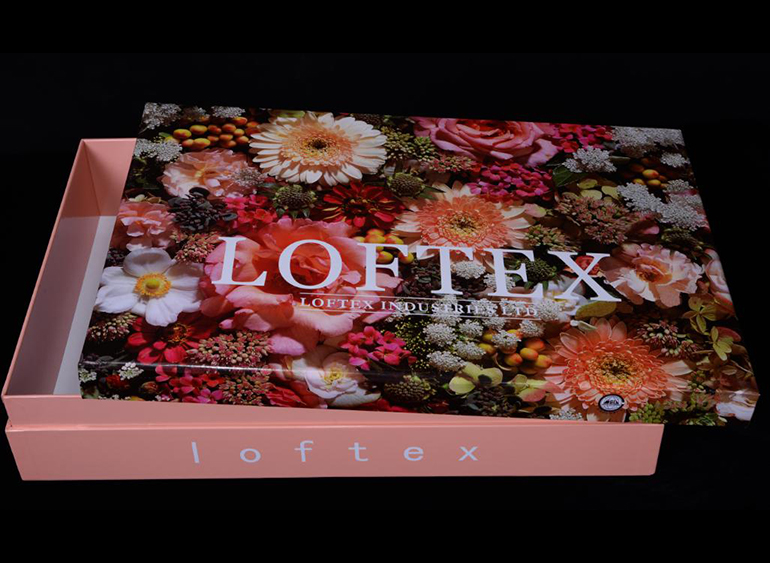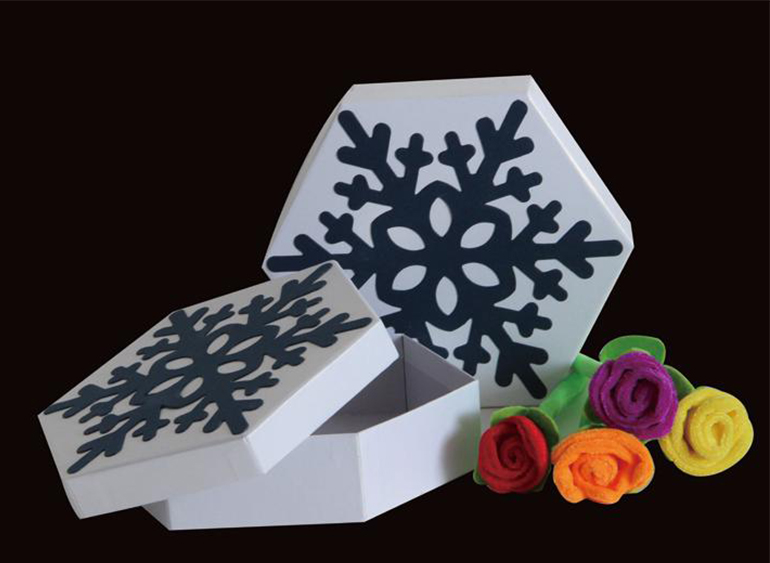Oily, density-identifiable wild, plantation rosewood
Ketan, blood sandalwood, big leaf rosewood... With the banner of various " XX Tan" flooding the market, bad merchants intentionally mislead consumers, generally labeling the materials used in furniture, and posing as wild rosewood in artificial forest rosewood, etc. It is also an important factor affecting the price of wild red sandalwood.
Â
  Many so-called rosewood furniture impersonate with low-priced "big leaf rosewood"
Â
   Chen Fei bluntly, the important factor affecting the price of red sandalwood is the name of the rosewood furniture sold by many manufacturers on the market. In fact, it is made by the so-called "big leaf red sandalwood". This wood is actually black rosewood, L. sylvestris, produced in Madagascar, an East African island country, and has nothing to do with red sandalwood. The furniture made with the name "big leaf red sandalwood" has much lower cost and price than real red sandalwood, and the profit is much richer. Deng Xuesong said that there are many woods mixed with red sandalwood, such as ebony, blood sandalwood, lacquered lacquer tree, lobular red bean and rosewood rosewood (also known as Indian rosewood) produced in India. Consumers must master some common identification methods to carefully recognize when purchasing red sandalwood furniture.
Â
   Deng Xuesong emphasizes that, in general, lobular rosewood has obvious characteristics: it has a heavy weight and will sink in the water soon; it will leave a red crayon-like stroke on a white paper or a white wall. Trace; use a cotton ball dipped in alcohol to wipe the surface of the material, the cotton ball is easy to turn orange red... These features can be used as a reference for us to identify the red sandalwood, but it is not absolutely reliable, the key is to rely on yourself to see more Learn more, continue to accumulate some lessons, and then have a better grasp of the red sandalwood.
Â
  Wild rosewood is as rare as yellow pear
Â
   Wild red sandalwood is very discolored because of its rich oil. The red sandalwood is produced only in the south of India. It is really the best wild red sandalwood material. It takes hundreds of years to become a material. Its rareness is no less than that of yellow pear. And the wild rosewood "Ten Tan Nine", its less than 20% of the rate is much lower than the yellow pear. Chen Fei said that in the 19th century, British colonists began to plant planned red sandalwood plantations in the local area. Although the output was small, it guaranteed a small amount of plantation wood supply of about 100 years old. The material of plantation rosewood is far less than that of wild red sandalwood. It is far from density, color, oil and texture. Some density is less than 1 ton per cubic meter . It should be classified into rosewood according to the standard of redwood. In fact, quite a part of the plantation rosewood is not suitable for making furniture, only suitable for extracting dyes. Chen Fei said: "Although the annual plantation of rosewood from China to India, the use of plantation rosewood undoubtedly interferes with the price positioning of rare wild red sandalwood."
Â
 Discrimination: oily, density identifiable wild, plantation rosewood
Â
  According to the introduction of mahogany experts, the color of the heartwood of the plantation is a bit yellowish, and the color of the section is also a little yellowish, which looks a bit dry through the naked eye. After a long period of time, the plantation is lighter than the wild forest. In addition, the specifications of plantation wood are prone to large materials, and the hollow rate is lower, and the solid material is more than the wild forest. After the wood is cut open, it has a pattern similar to that of red rosewood. The brown eye is thicker than the wild forest and the oiliness is relatively small. Because the biggest difference between plantation and wild forest materials is that the environment is different, the plantation forest has a good growth environment, nutrient and soil conditions are superior, and the growth rate is faster, which results in the density of wood is slightly lower than that of wild forest.
Sunshine packaging supplys a variety of paper gift box, such as Folding Gift Paper Box, book (shape) gift paper box, top & bottom two pieces Gift Paper Box, drawer gift paper box,Magnetic Gift Box.
Detailed Images:



Description of Paper gift box form Sunshine Packaging
Product Name : Paper gift box
Material: Cardboard paper, kraft paper, duplex board paper or as per your requirements
Size: Customized size
Color: CMYK or Pantone color or customized
Printing : Offset printing, flexo printing
Surface processing: Lamination, vanish, UV coating, PE Coating, Embosing, Hot stamping
Advantage: Food grade, Safety, Eco Friendly , Water-resistant, oil-resistant, fast delivery
Packaging: Customized
Quality control: Paper material seletion, pre-production insection, Machine testing, Inspection during Assembling, Semi-finished products inspection, Production inspection Packing: Standard export carton or as per customer's requirmenet
Lead time: Sample time: 7~10days; Mass prodction: 4~5weeks according to the order quantity
Payment term:T/T: 30% deposit,the balance paid against copy of bill of lading
Paper Gift Box
Paper Gift Box,Folding Gift Paper Box,Magnetic Gift Box,Gift Paper Box
Weifang Sunshine Packaging Co., Ltd. , https://www.paperboxbagpack.com